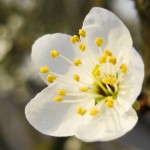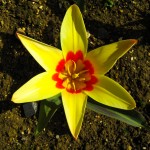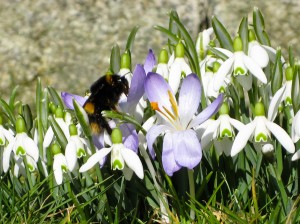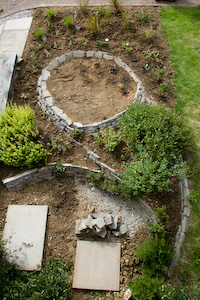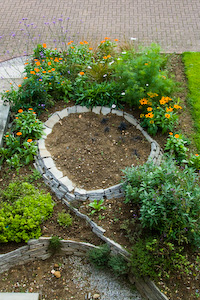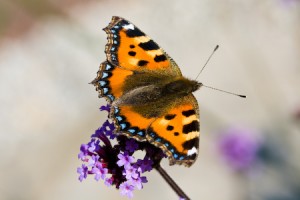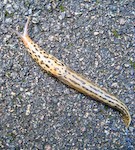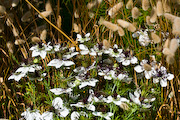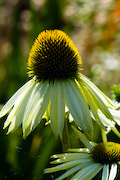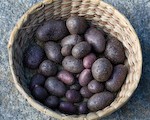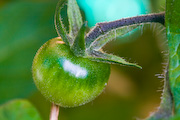The sudden drop in temperature last week which heralded some frost and unusually early snow finally finished off the cosmos and marigolds in the front garden. I could bear it no longer and so finally went out and pulled up the annuals. At the moment there is little to put in their place and I like to let things develop at their own pace. However, I have planted a number of tulips and alliums which I hope will appear in the spring when I have to cut the grasses back, and a set of three evergreen grasses which I accidentally bought at the garden centre yesterday when looking for said tulips and alliums.
A few cloves of garlic have also been planted, partly because I would like to grow some and, partly in the hope that the smell will keep some of the cats away.
Following the hard work I decided to treat myself to a walk in the Country Park. Boy, was it quiet. I have seen flocks of birds overhead which look as though they could have been Redwings, and there have been reports of flocks in the Warwickshire and Northamptonshire area, but I didn’t see any in the usual places in the Country Park. (But that could be because the hawthorn berries that they usually feed on are not there, neither is the rest of the hawthorn which appears to have been cleared away for some reason.)
There were very few small birds about, but then all of the bird tables and feeders were empty, so they are probably in nearby gardens where they are better fed.
The reservoir itself was also distinctly quiet. The calls of the Common Tern are now being heard in Africa, and they have not been replaced in any numbers by the usual Winter visitors. A scan of the water with my ‘scope revealed a few groups Wigeon and Pochard as well as about half dozen Shovellers and Tufted Ducks. Great Crested Grebes have now donned their winter plumage and look incredibly white, almost as if they are a different bird.
As so often it was a flock of birds that caught my eye, Lapwings. At one point standing on the shore, wandering about, then suddenly lifted as one into the air. They wheel about, almost landing, then change their mind, they gain altitude and circle around again, and you think they are leaving you. Then, just as suddenly, they are back again, flirting with the shore, making a few passes, before finally settling, seeminly in the same place as before. I was hoping to spot some other birds in with the Lapwings, and I wasn’t disappointed this time. There were two tiny waders, dwarfed by the Wigeon that they nimbly darted in between. They were typically shaped, dumpy birds with long, thin beaks. Both were grey, one with some black below. I had no idea what they are, now I think I know. I have checked them out, I think they were Dunlin, although these are usually coastal birds. I have never seen Dunlin before, yes, I think they were definitely Dunlin. Maybe there is something to warm the heart on a grey Sunday afternoon after all.
